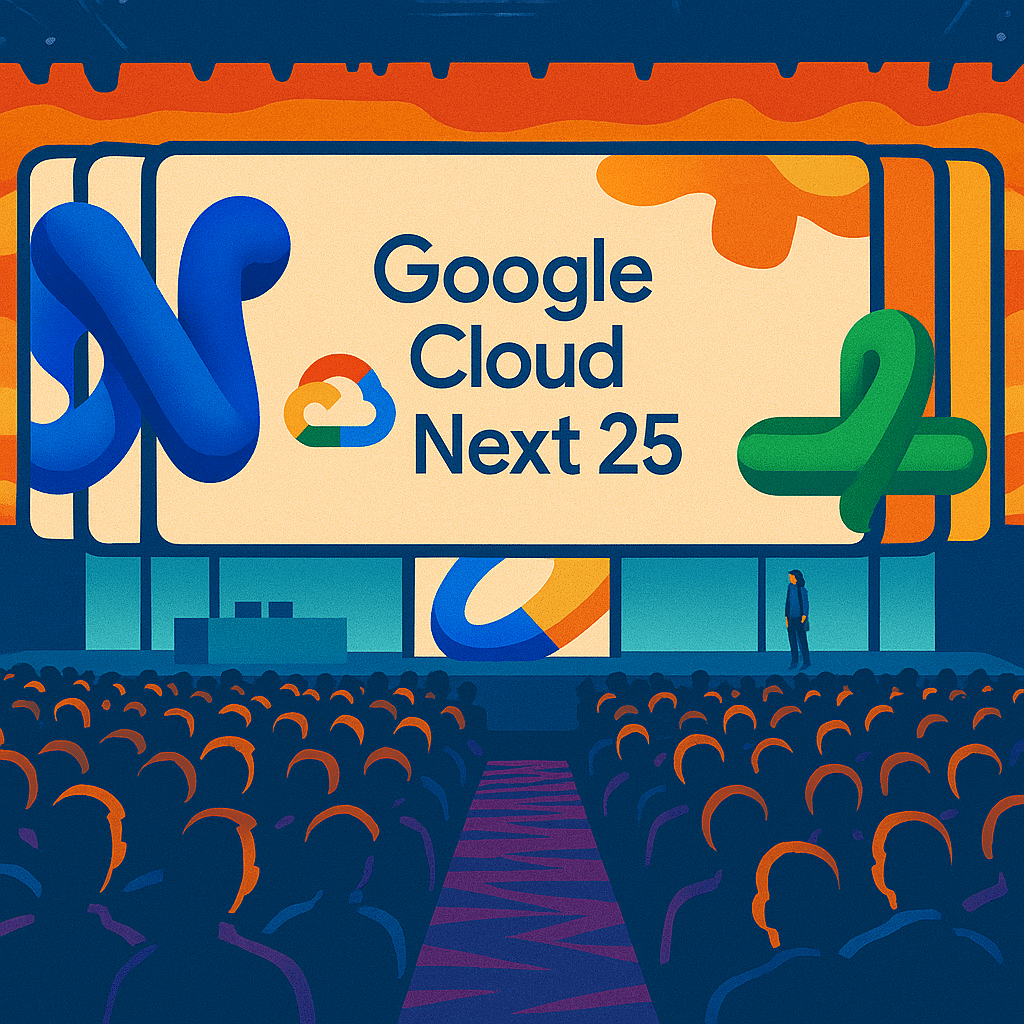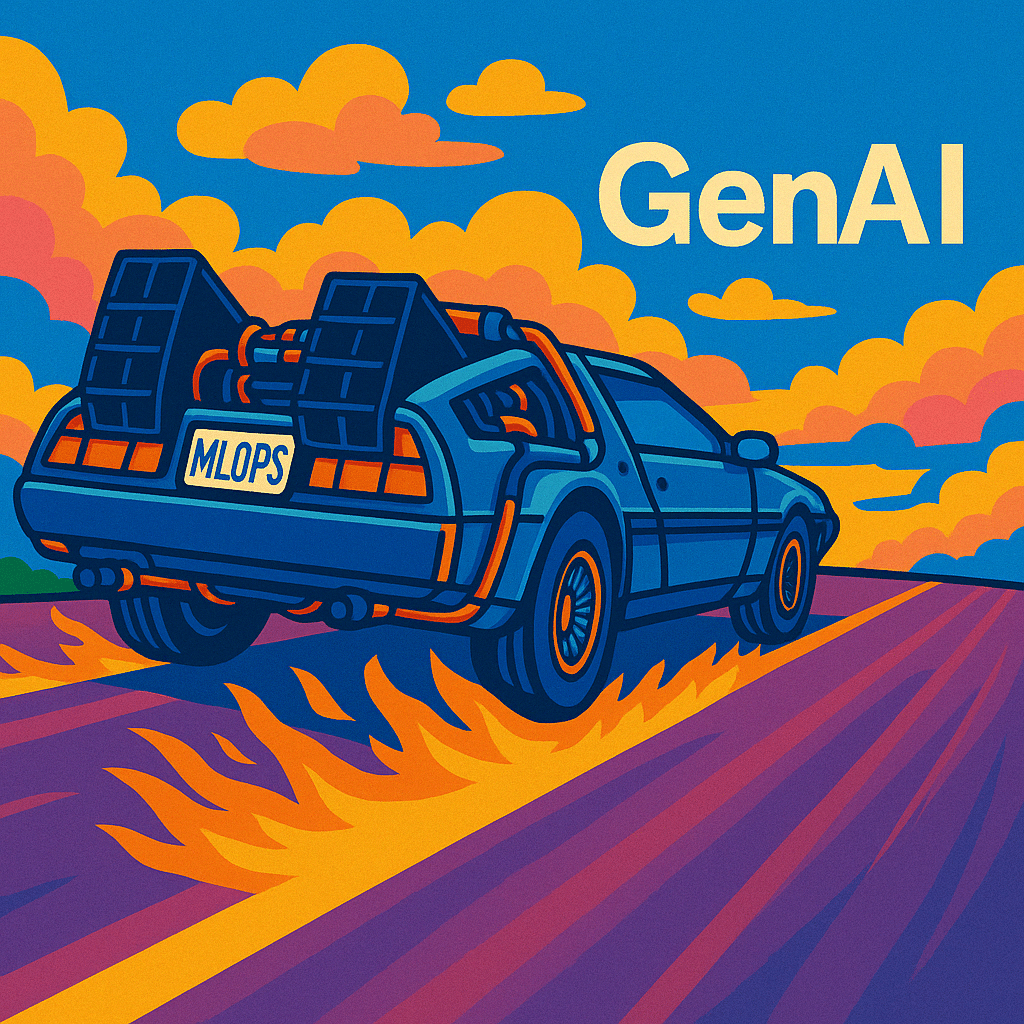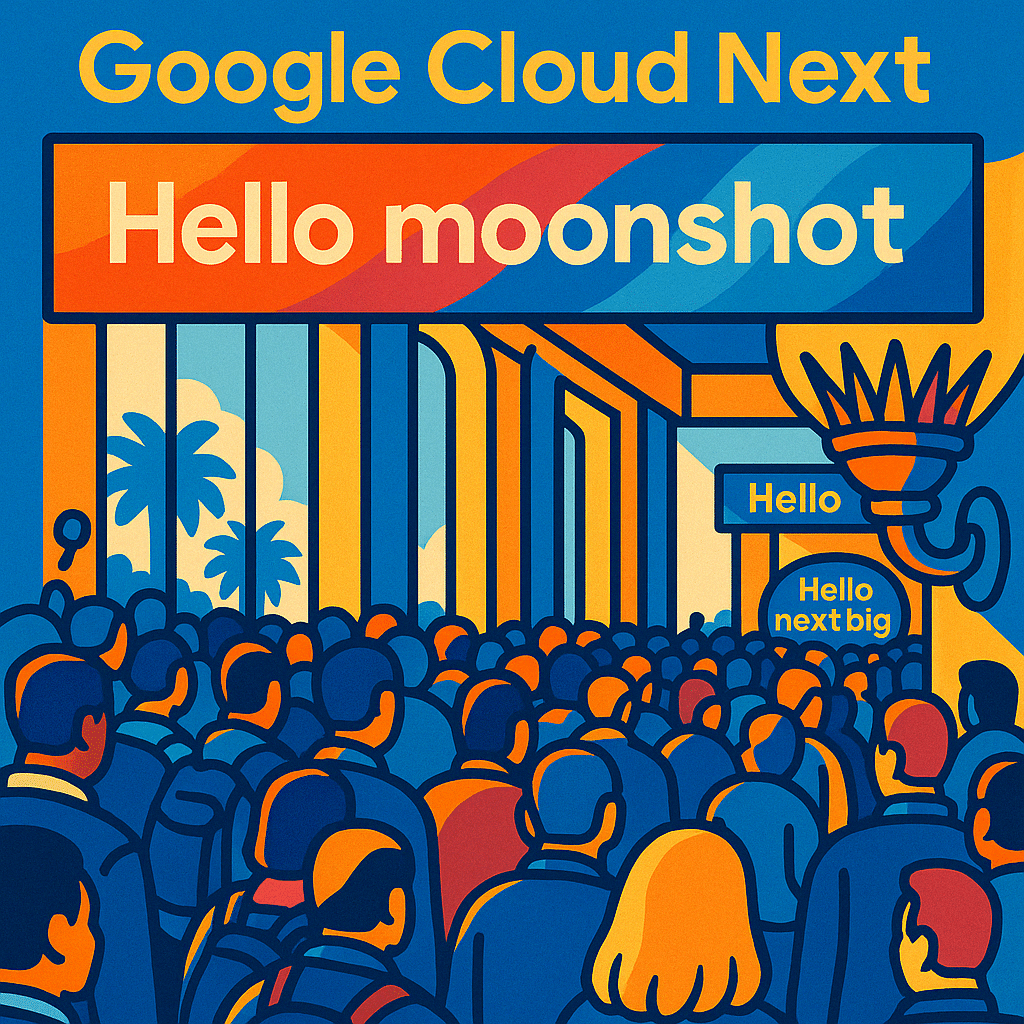Finally ready to be seen; enjoy this newsletter fifteen!
Bringing AI Products to Market. Updates and more from TWIML & AI
As the New Year approaches many of us are deep in the process of laying the groundwork for future goals and plans. For some of you that might mean figuring out how to get your AI product to market. Here at the NIPS (Neural Information Processing Systems) conference, I had the opportunity to organize an impromptu meetup on the topic, and I thought it’d be worth sharing the groups’ observations here.
Now, bringing products to market in general, and ML/AI products to market in particular, is a topic that I’m both very passionate about and also have a vested interest in. My work calls on me to advise a broad range of companies on this topic from startups and VCs to large companies. As a result, I’m always interested to hear how other people in the industry are approaching the issue. The NIPS conference app had a bulletin board feature where folks could self-organize into shared interest groups. It was a no-brainer, then, to use this feature to put out a call for folks interested in discussing bringing AI-enabled products to market.

We had a nice turnout of eight or so people from varying backgrounds, working on both internal (intra-enterprise) and external (customer-facing) products. Issues raised spanned both marketing and sales challenges as well as the technology itself. Here’s a breakdown of some the top concerns, as well as the solutions, the group discussed.
Servers & scaling.
- A limiting factor on productivity for AI product teams was having the right amount of computing power. Even in the cloud, this can be expensive, both for training and inference. Lean startup approaches like focusing on a minimum viable product can help here, by ensuring resources are used efficiently. Providing executives with clear-cut examples of how productivity can be increased with the right tools was also seen as a solution to this issue.
IP & contracts.
- This was a tough one. The IP issues associated with machine learning are still murky. For example, issues of ownership of models trained on a given 3rd party dataset or toolset remain largely unchallenged. Startups can often get away with flying under the radar here, but for big companies with lots at stake, there are numerous challenges and roadblocks.
Risk, uncertainty & probability.
- One broad issue discussed was simply a lack of ability to effectively think in terms of probabilistic outcomes on the part of customers or executives. Many buyers and business leaders, even those for whom risk is a fundamental element of their business model (e.g. finance or energy exploration), have trouble wrapping their heads around products that work “sometimes” or with a certain probability. Solutions here include strong communication and education programs, recruiting and nurturing executive sponsors, and connecting to existing business initiatives like digitalization.
Communicating the benefits of AI w/out creeping users out.
- Privacy is an important issue for machine learning and AI products, but this is more than about just privacy. It’s also an issue of the user experience. I’ve talked about this before, but designing for intelligence is an important emerging area of user experience design that shouldn’t be overlooked. The consensus for the group was that messaging around AI products should center around how the AI assists humans and not how it makes decisions for them or otherwise takes control out of their hands.
Messaging in general for AI products.
- The key to getting the messaging right for AI products is to really identify the core problem that the product is solving. Work on communicating how solving that problem will create value for your customer or business. As the product evolves, keep them aware of both small wins and transformational opportunities, and how you and your team are minimizing risk.
In these early days of AI adoption, there’s no clear-cut recipe for success to get an AI product up and running. Not only is the technology itself still evolving, but communicating the benefits of the product to customers is also challenging. So having these types of discussions between industry folks about what’s worked for them, and what hasn’t, is really invaluable.




